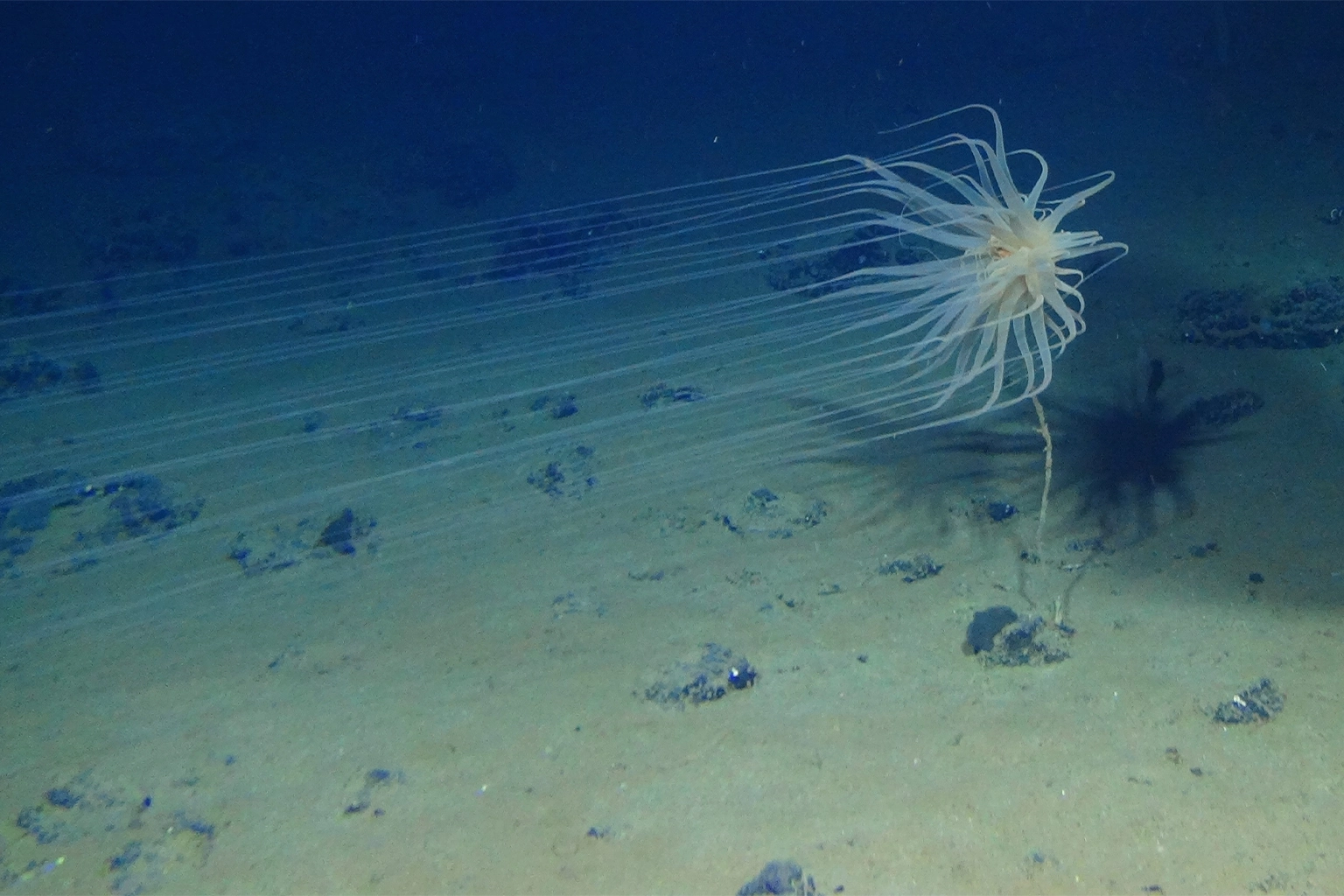
On Sept. 14, the Hidden Gem — an industrial drill ship operated by a subsidiary of The Metals Company (TMC), a Canadian deep-sea mining corporation — left its port in Manzanillo, Mexico. From there, it headed toward the Clarion-Clipperton Zone (CCZ), a vast abyssal plain in international waters of the Pacific Ocean that stretches over 4.5 million square kilometers (1.7 million square miles) across the deep sea, roughly equivalent in size to half of Canada.
The goal of TMC’s expedition is to test its mining equipment that will vacuum up polymetallic nodules, potato-shaped rocks formed over millions of years. The nodules contain commercially coveted minerals like cobalt, nickel, copper and manganese. TMC, a publicly traded company listed on the Nasdaq exchange, announced that it aims to collect 3,600 metric tons of these nodules during this test period.
This operation came as a surprise to opponents of deep-sea mining, mainly because of the stealth with which they said the International Seabed Authority (ISA) — the UN-affiliated intergovernmental body dually responsible for overseeing mining in international waters and for protecting the deep sea — authorized TMC to commence the trial […]
Read more on Mongabay.